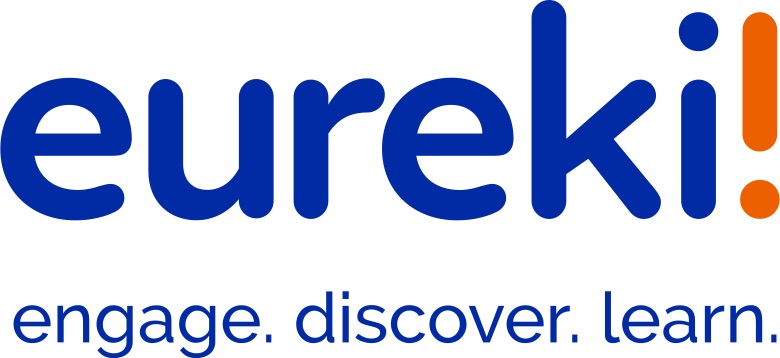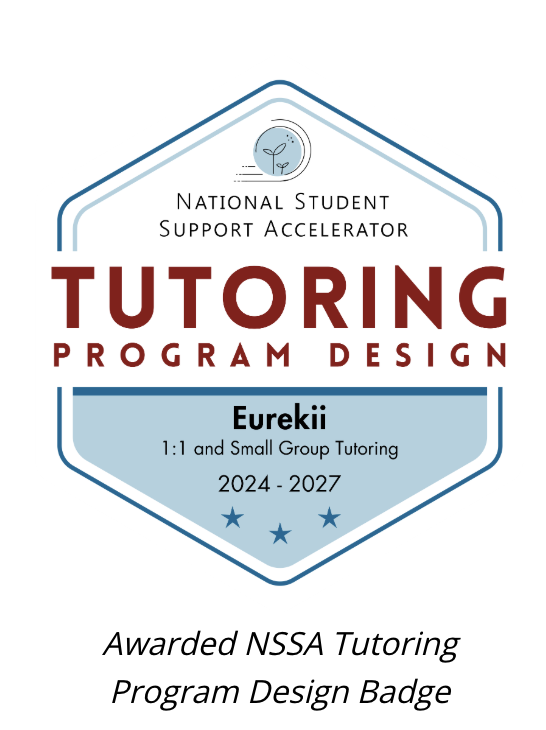Top Five Must-Haves To Prep for the ACT and SAT in Math
With more than three million students taking the SAT and ACT tests each year, it’s no surprise that this fuels a lucrative test prep market. Parents who can afford to do so spend thousands of dollars on test prep companies and private tutors to handhold their students through the testing process. Is this the only way or the most efficient way? There is no one right solution for prep. However, there are key “must haves” if you look into SAT and ACT prep for mathematics.
Foundational Understanding Matters — Go Back to the Basics
Whatever approach you decide to use, whether it is using a tutor, a testing company, studying with friends, or working by yourself, you have to make sure you have basic understanding of the key concepts. If you don’t understand what a linear equation is, no amount of strategy, timed tests, intensive review, or testing tips will fix that. For each math concept noted, build conceptual understanding through models and simple examples and make sure that you completely understand the concept from multiple perspectives. Don’t be surprised if this means reviewing content from elementary or middle school.
Learning Takes Time, So Space It Out
Khan Academy offers free SAT practice tests, videos, examples, and resources and has a program you can use to track progress. They claim after 20 hours of practice, you’ll see an increase in scores. That might be, but you won’t want to do it all at once. Learning research shows that intermittent practice is the best for memory because it causes you to retrieve information again and again, strengthening connections between concepts. So start early. Instead of cramming, space out your practice into small chunks over a longer period of time. It is better to practice 30 minutes a day for 10 weeks than 10 hours each day for 10 days.
Dialogue, Notice, and Wonder – to Bust Anxiety
Many students freeze when they look at math word problems. It is like reading another language. Rather than just jump in, start in a safe space. What do you notice about the problem? What do you wonder? Can you make a list of things you know? A list of things you don’t? This will start your journey to the answer by thinking through the problem and trying to understand it first, rather than just plugging away.
You Do the Talking and the Work, Not the Other Way Around
The person doing the work is doing the learning. So, if your tutor is doing all the talking, and you are doing all the watching, you are not learning. Your helper should be prompting you, questioning and re-directing but never ‘telling you how to do it’. You will remember more if you are actively working on the problem yourself. This doesn’t apply if you are taking a practice test, but it should apply when you are reviewing materials.
Find Anchor Examples
These are problems to which you know the answer and can use as a “gut check” for math concepts that are more difficult. Can’t remember how to find 38% of $79? Start with something easier, like 50% of $10, then apply the same approach to the more complex one. For example, 50% of $10 = ½ of $10 or $5.00. To get the answer, you multiply 0.5 x $10 = $5. With this understanding, you can use the same pattern with the harder problem: 38% of 79 = .38 x $79, or $30.02. Math is a study of patterns. If you can find a simple example, you can extend that example and use the same approach and pattern to solve more complex problems.
At Simplify, our “Get Ready for the SAT and ACT classes” use all of these strategies to help students prepare.
Contact us to get a set of free anchor examples to help you refresh your foundational skills needed for the SAT and ACT.
Sources:
Can coaching truly boost SAT scores? For years, the College Board said no. Now it says yes.






